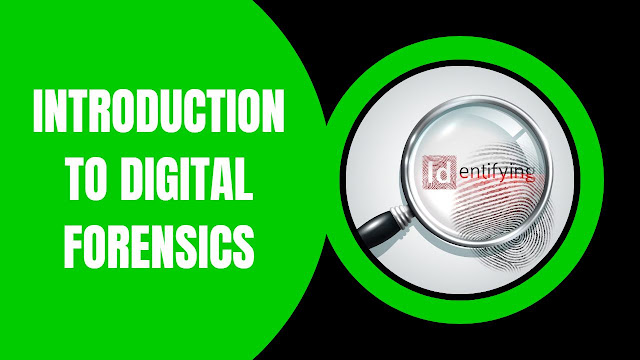Digital forensic science is a branch of forensic science that focuses on the recovery and investigation of material found in digital devices related to cybercrime.
What are the steps in the Digital Forensics process?
- Identification is the initial stage in the forensic process. It involves determining what evidence is present, where it is held, and how it is stored.
- Preservation - Data is segregated, safeguarded, and preserved during this phase. It includes restricting people from utilizing digital devices to prevent tampering with digital evidence.
- Collection - In this step, investigators piece together data fragments.
- Examination - Details specific tools and techniques that are utilized to discover and extract data from the evidence.
- Analysis - In this step, investigators develop conclusions based on the evidence uncovered. It may, however, take several iterations of investigation to substantiate a single crime scene.
- Presentation - The process of summarization and explanation of conclusions is completed in this step.
Types of Digital Forensics
- Forensics of Disk is the process of obtaining data from storage media by looking for active, updated, or deleted files.
- Forensics of Networks is a digital forensics sub-discipline. It is concerned with the monitoring and analysis of computer network traffic in order to gather vital information and legal evidence.
- Forensics of Wireless Communications - It's a network forensics section. Wireless forensics' major goal is to provide the tools needed to collect and analyze the data from wireless network traffic.
- Forensics of Databases is a subset of digital forensics that deals with the investigation and analysis of databases and their associated metadata.
- Forensics of Malware is responsible for detecting dangerous code, and evaluating its payload, viruses, and worms, among other things.
- Forensics of Emails is the process of recovering and analyzing emails, even those that have been deleted, calendars, and contacts.
- Forensics of Memory is the process of gathering data in raw form from system memory (system registers, cache, and RAM) and then carving it out of the raw dump.
- Forensics of Mobiles is a branch of forensic science that focuses on the investigation and analysis of mobile devices. It allows you to retrieve phone and SIM contacts, call records, incoming and outgoing SMS/MMS, and audio, and video files, among other things.
We hope this helps. If any suggestions or doubts you can add a comment and we
will reply as soon as possible.



%20Cover.jpg)

%20Cover.jpg)


No comments:
Post a Comment